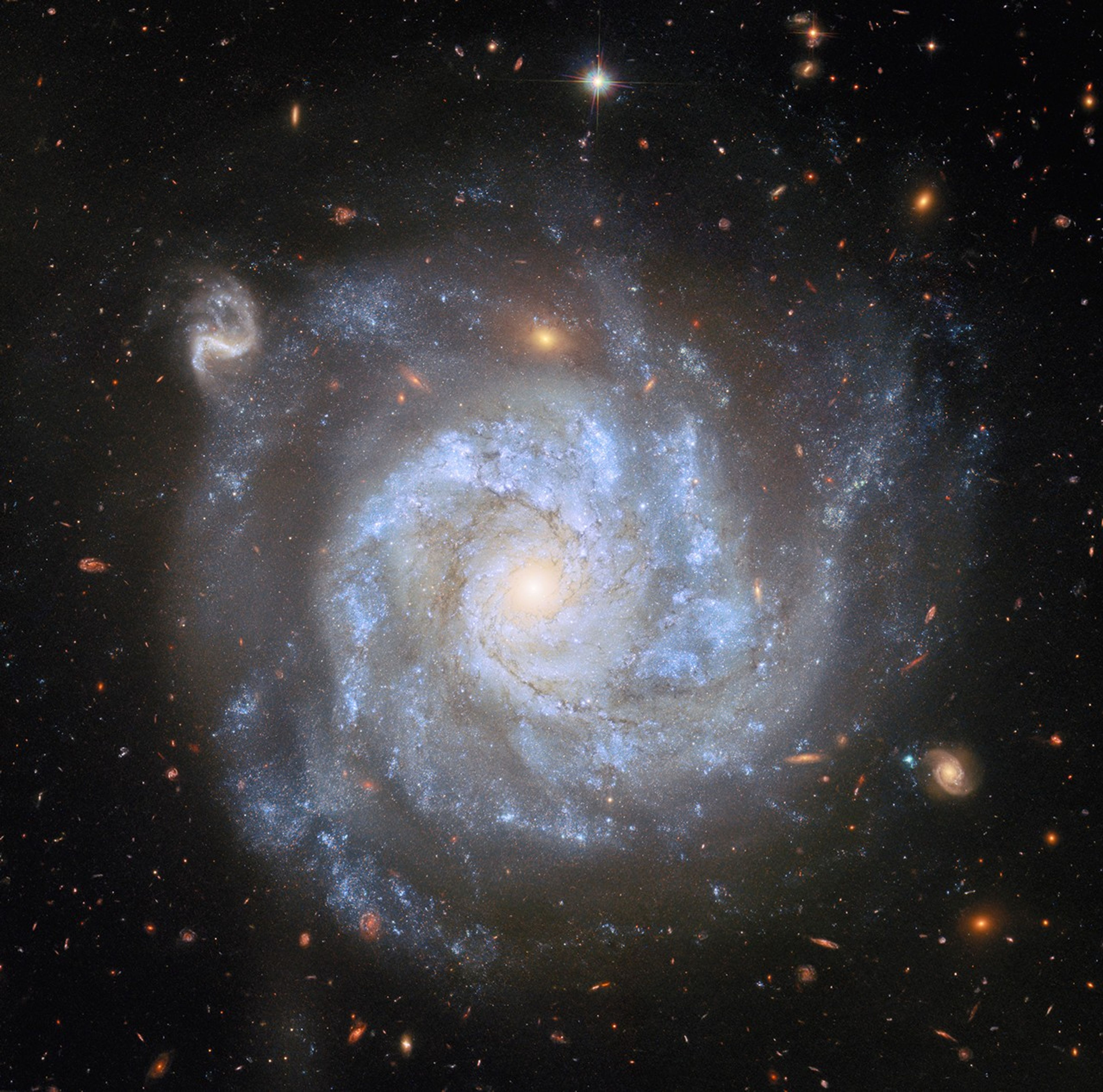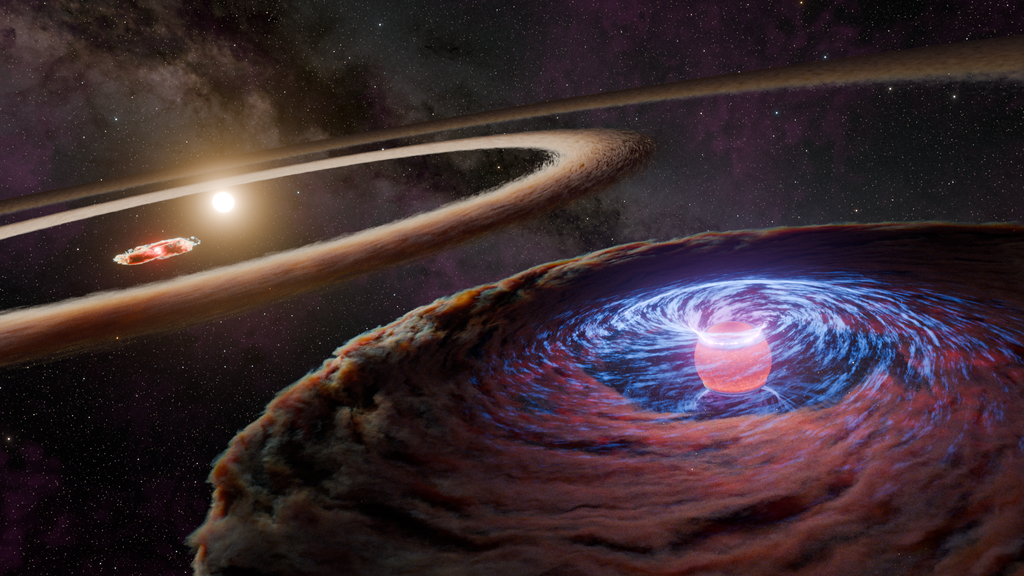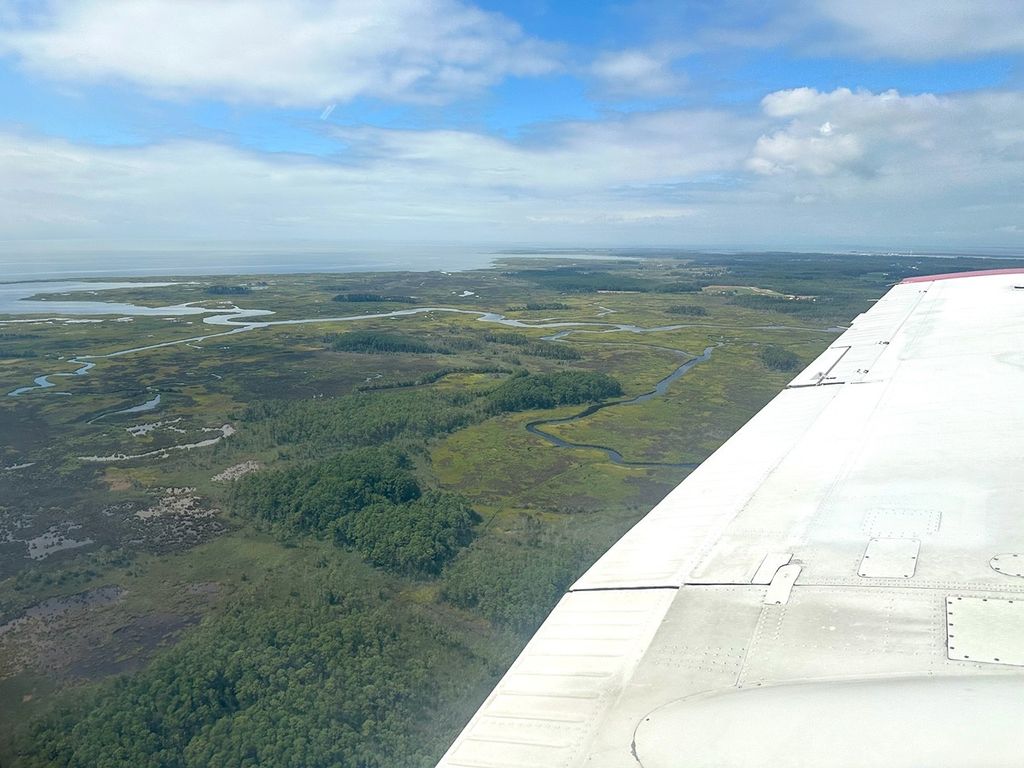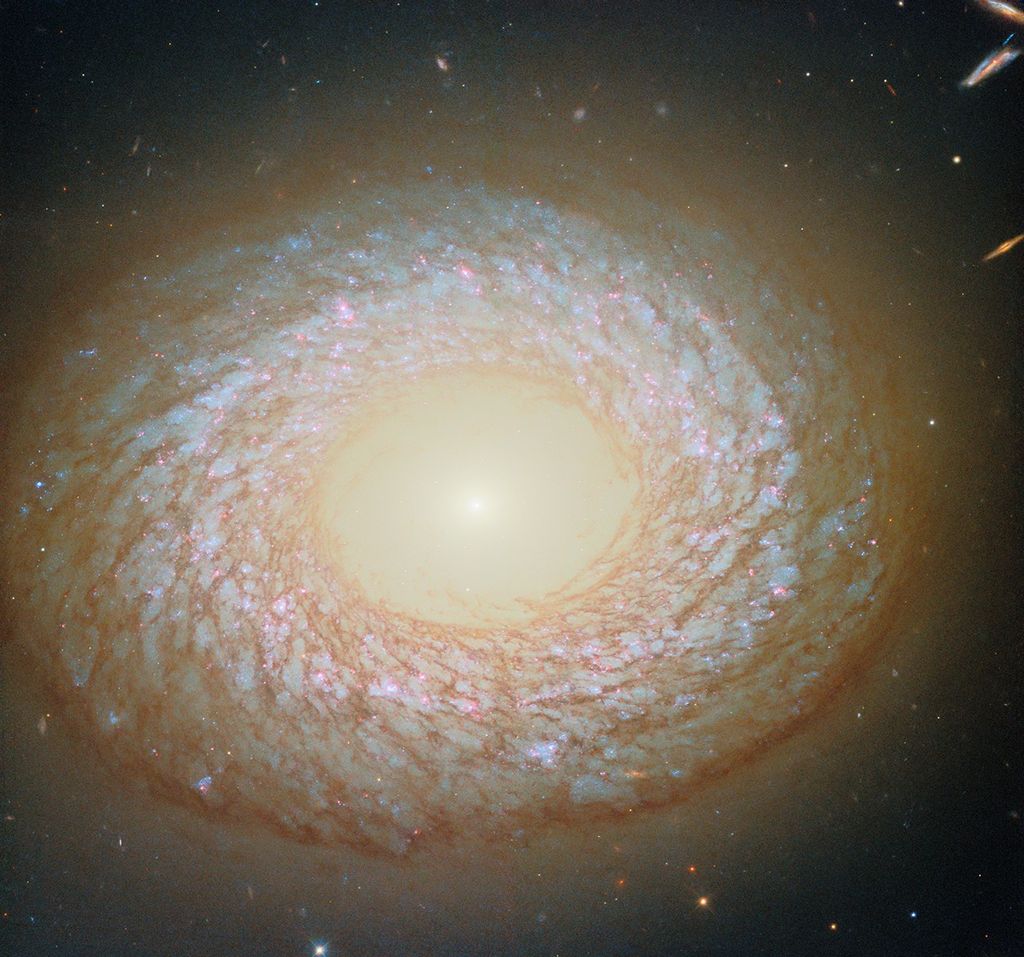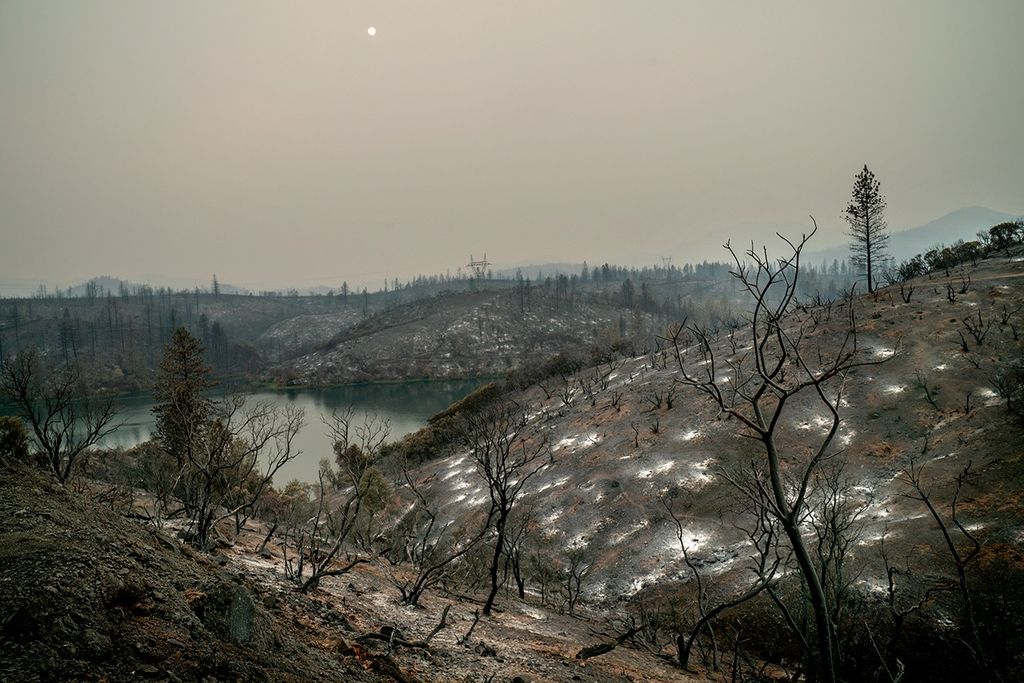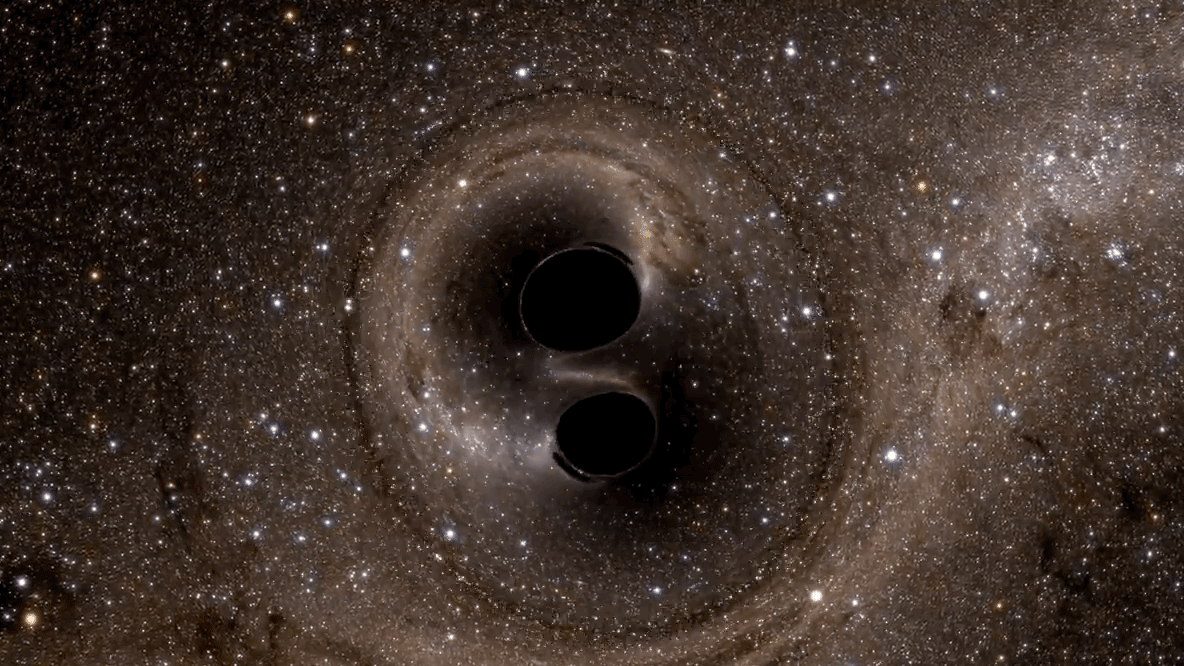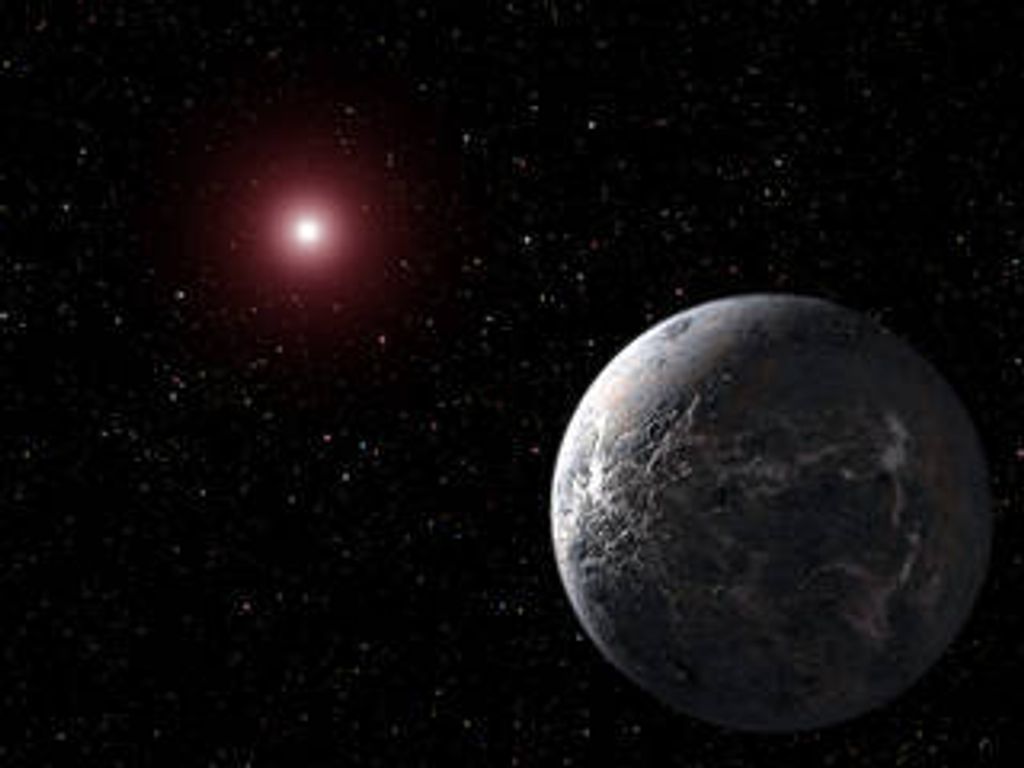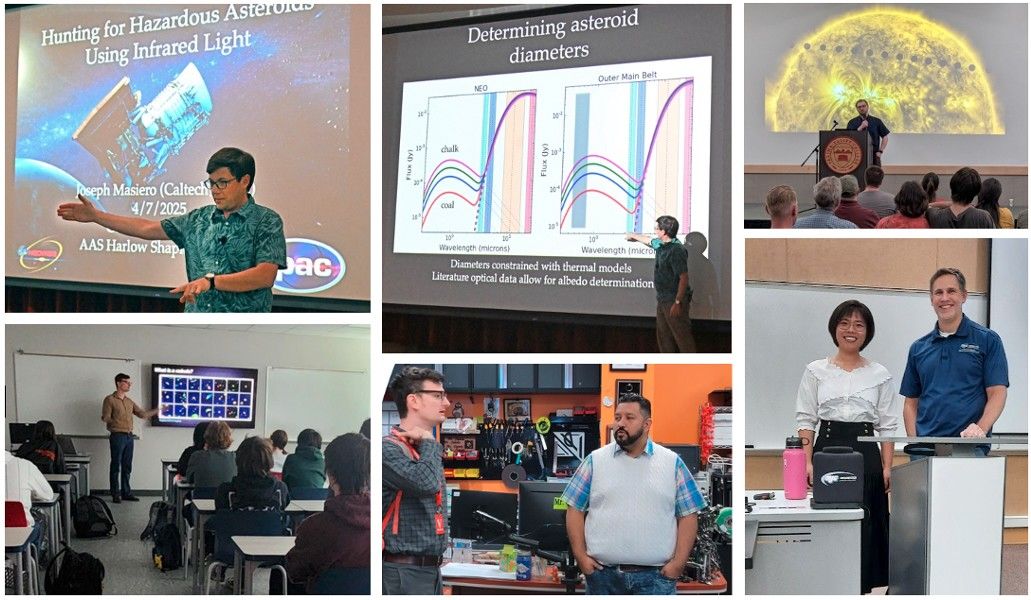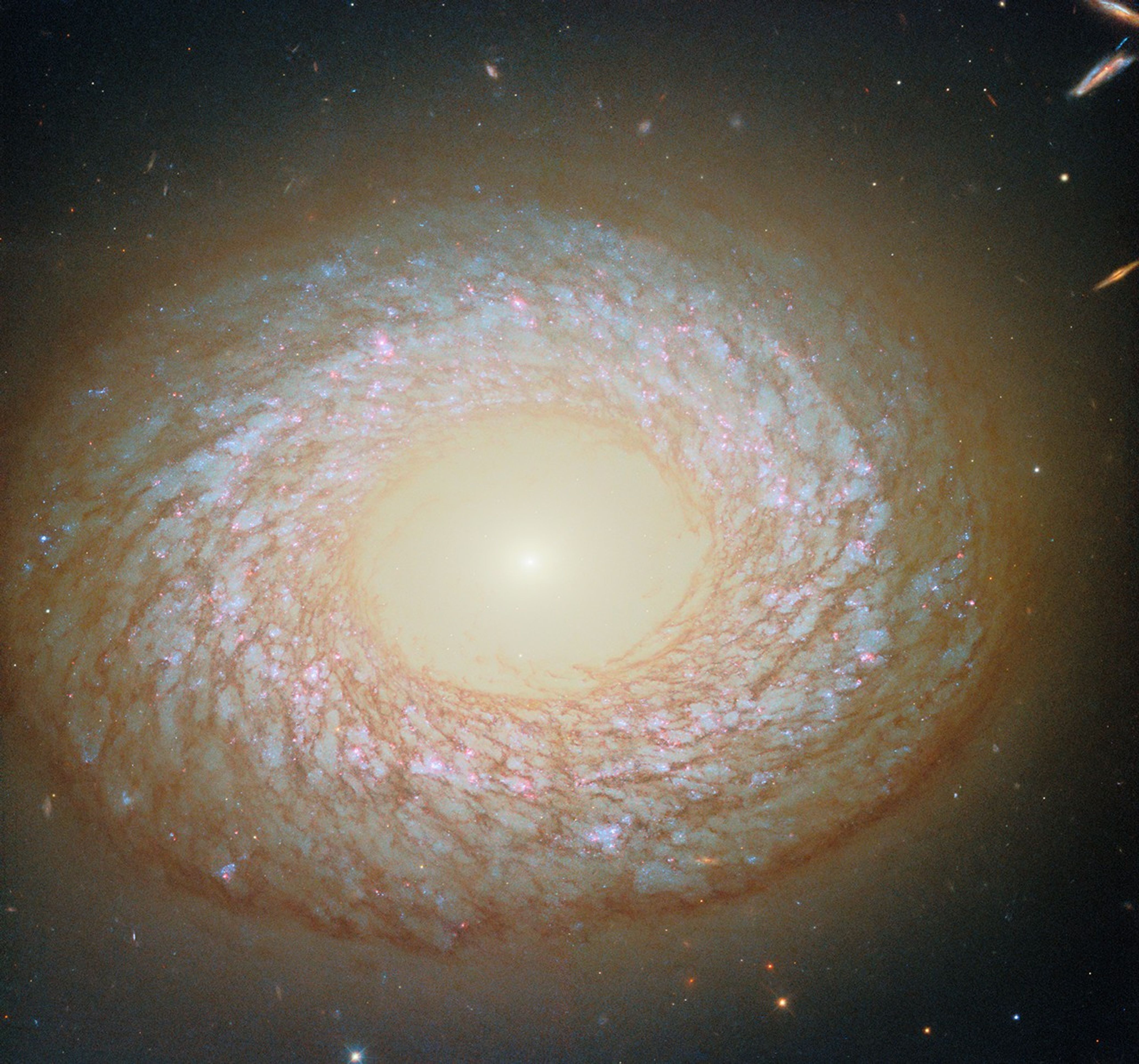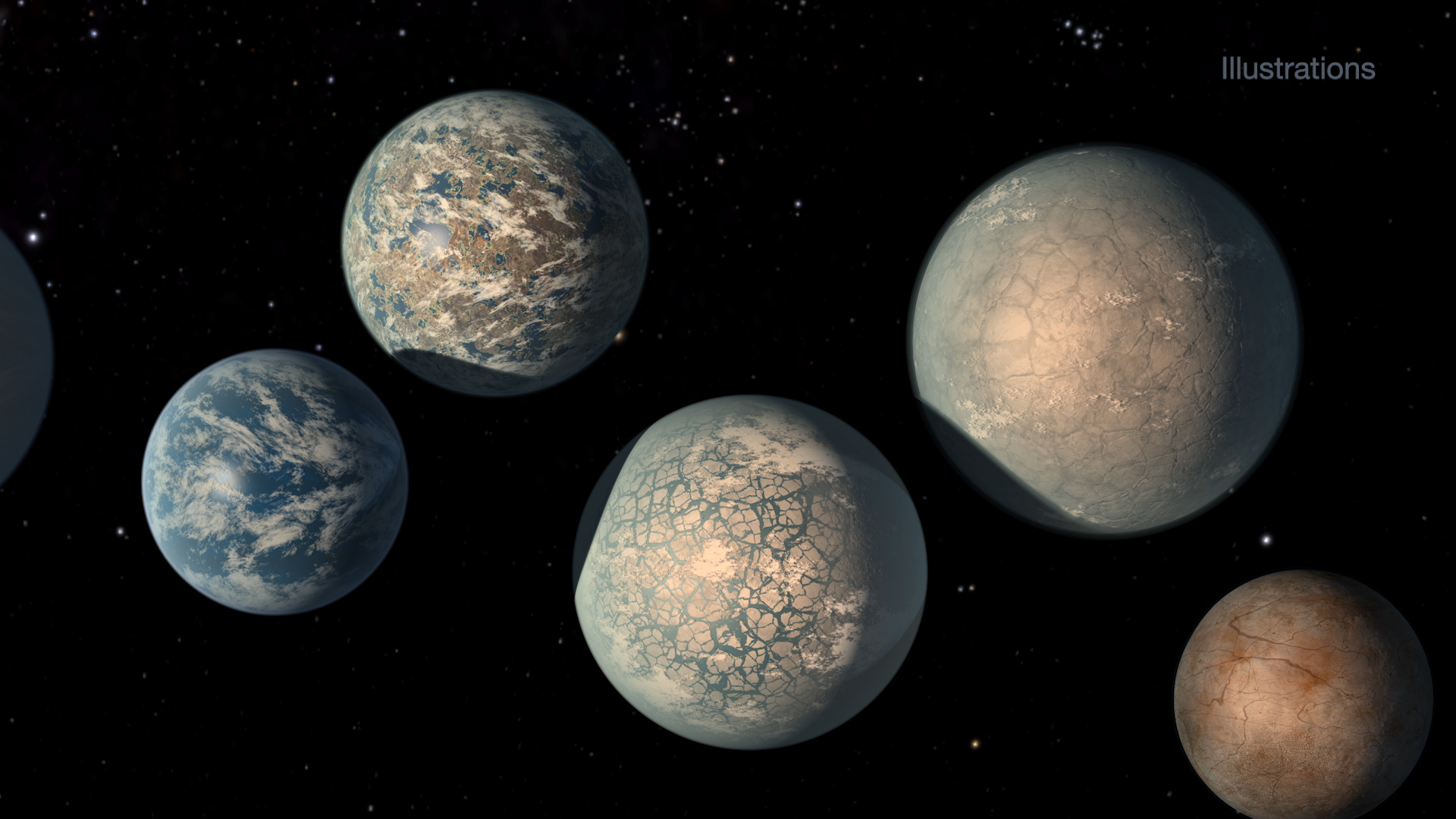Explore:
NASA IXPE’s ‘Heartbeat’ Measurements Challenge Current Theories
Black holes don’t have hearts, but they can have a heartbeat. When matter gets pulled toward a black hole it forms an accretion disk. The hottest part of the disk can create a repeating X-ray signal as the matter piles up and then plunges into the black hole. But when scientists gave this black hole a checkup, the results didn’t match expectations, challenging current theories. Learning more about how black holes behave helps us better understand how galaxies, stars, planets, and even elements came to be,
Learn More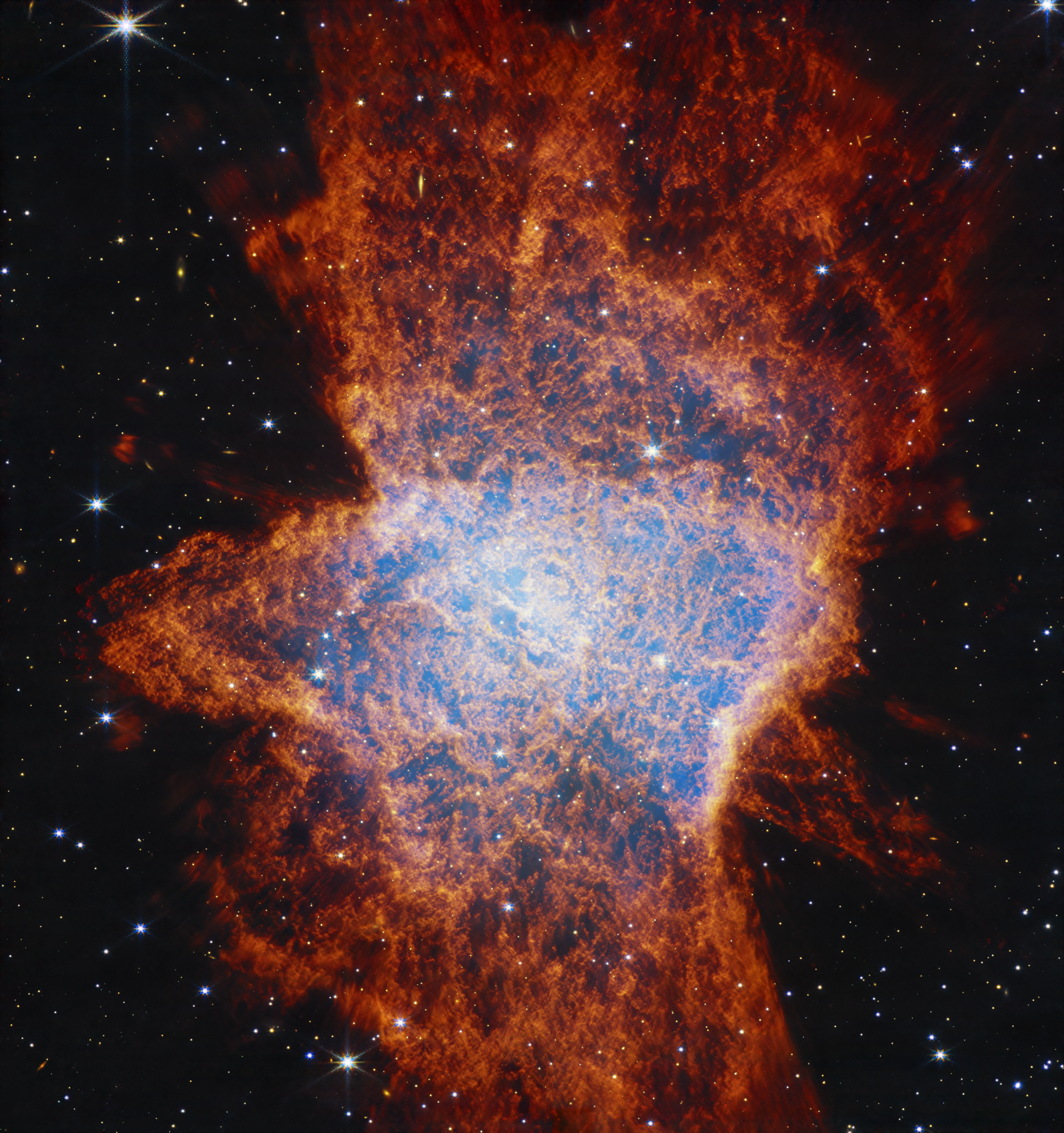
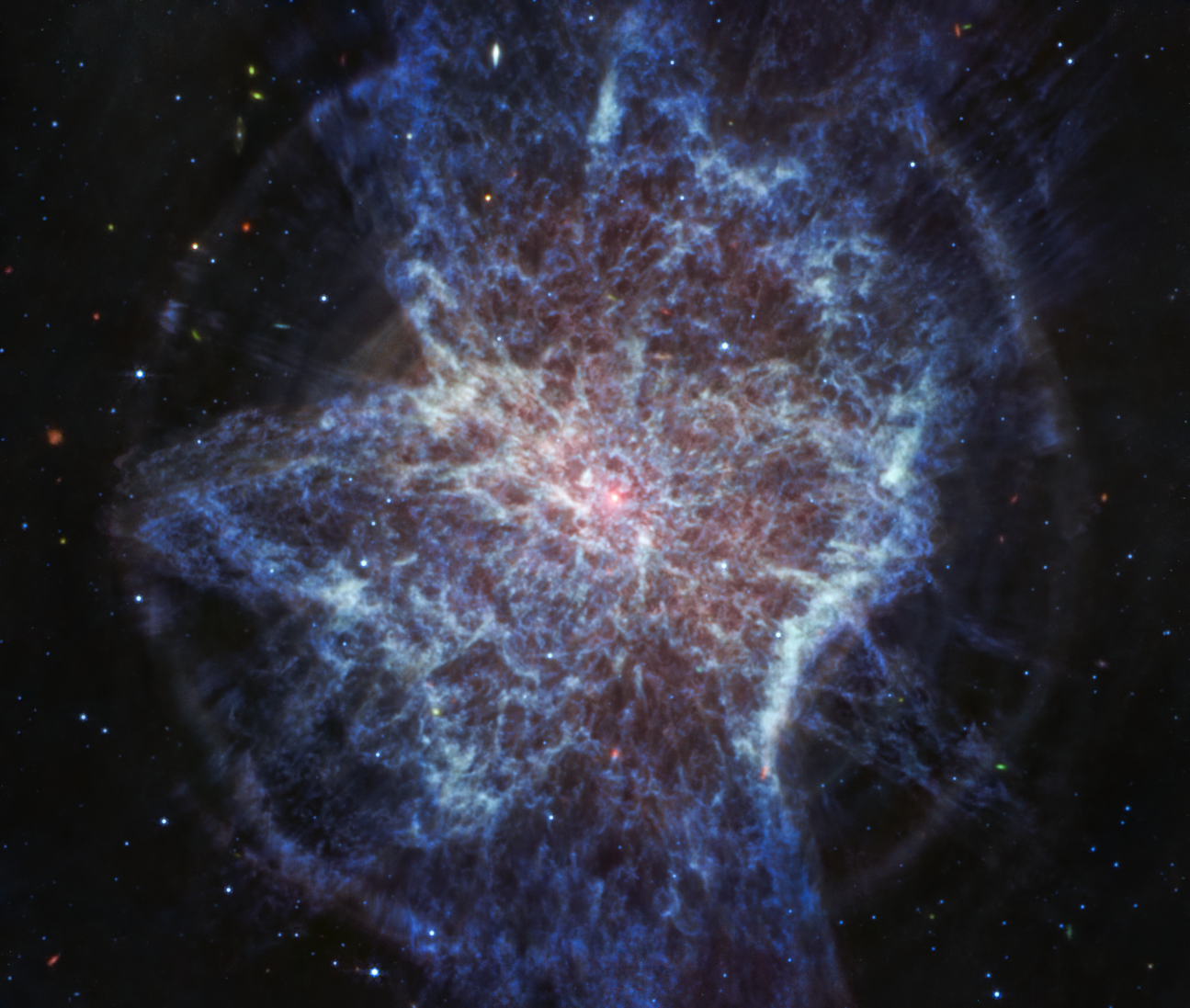


NASA's Webb Unravels Nebula Mystery
Mapping Stellar ‘Polka Dots’
A new model called StarryStarryProcess helps scientists analyze stars and map their star spots, like the sunspots we see on our Sun. Star spots can make it harder to accurately detect and study the atmospheres of orbiting planets.
With a more accurate star spot map, scientists can help future missions disentangle signals from stars and planets and sharpen the search for habitable worlds.
Hubble Surveys Supernova-Rich Spiral
NGC 1309 is about 100 million light-years away in the constellation Eridanus, but has caught NASA’s Hubble telescope attention several times. The spiral galaxy is host to two perfect examples of Type Ia supernovae which happen in two-star systems when one of the stars is a white dwarf.
These types of blasts are like cosmic mile markers that help scientists measure the universe’s expansion and explore mysteries like dark energy.
